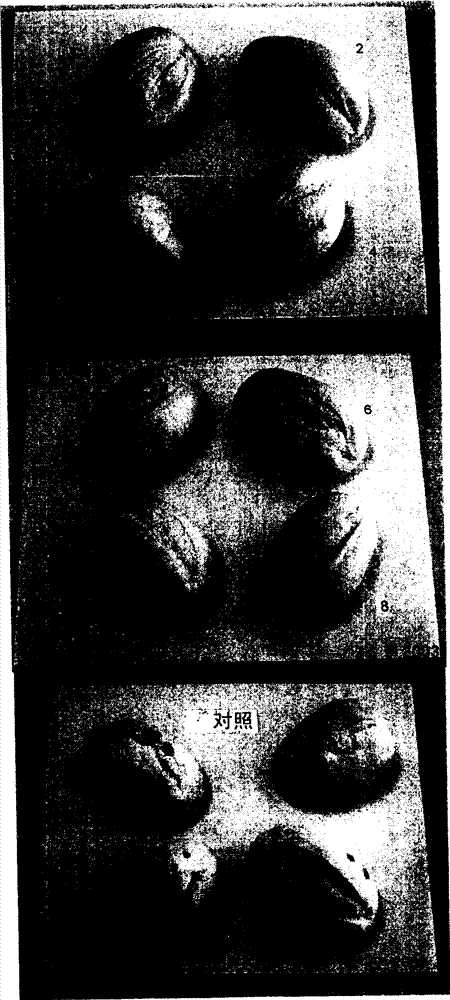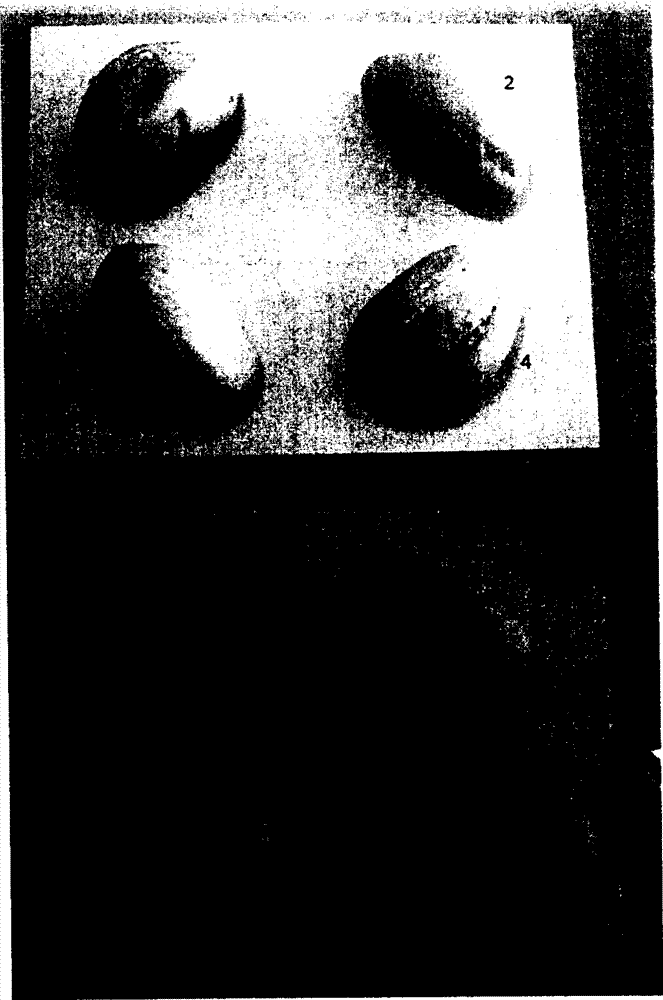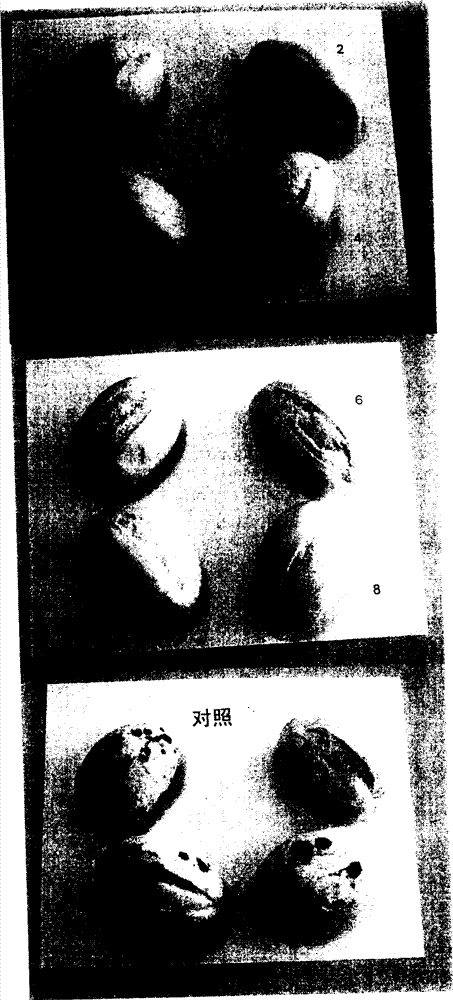Low flavor anti-microbials derived from smoke flavors
A technology of derivatives and microorganisms, applied in the field of smoked liquid derivatives, can solve the problems of inedible marketability, bad quality, etc.
- Summary
- Abstract
- Description
- Claims
- Application Information
AI Technical Summary
Problems solved by technology
Method used
Image
Examples
Embodiment 1
[0088] Preparation of Smoked Liquid Derivatives
[0089] Liquids 1, 2 and 5 were derived from primary concentrates of liquids that had had their phenolic content substantially removed by various combinations of delignification and dephenolization as described herein. Liquid Smoke 3 is the standard version of the primary liquid smoke concentrate completely containing acids, carbonyls and phenols. Its concentration was adjusted by dilution so that the titratable acidity was similar to that of the other LS / DLS fractions for comparison. Liquid 4 is an extract of the insoluble tar fraction precipitated from a typical primary liquid concentrate. It is distinguished by a high concentration of phenols and a low amount of titratable acidity and carbonyl groups. The addition of polysorbate 80 makes it water soluble. The preparation of liquid smokes 6, 7, 8 and 9 included various manipulations of the concentrate evaporated from the primary LS. These manipulations adjust the products ...
Embodiment 2
[0097] MIC values against Gram-negative bacteria
[0098] Liquid smoke derivatives 1-9 in Example 1 were used in mixtures against Gram-negative bacteria in broth or agar dilution methods. The mixture contained Salmonella muenster, Salmonella Senftenburg, Salmonella typhimurium and E. coli 8677. 1000 cells of each bacterial species were used to inoculate different dilutions of the liquid smoke fraction (dilutions expressed as v / v %).
[0099] To determine the minimum inhibitory concentration for each of the fractions, the tubes were then inoculated with TSB containing different percentages of smoke derivatives as appropriate. Tubes were incubated at 37°C for 24 hours and 48 hours and scored as growth / no growth. MIC values were performed in triplicate, with three replicates for each. MIC values are shown in Table 2.
[0100] Table 2
[0101] MIC values against mixtures of Gram-negative bacteria
[0102] Liquid No. MIC value 1 1.5% 2 >2.00% ...
Embodiment 3
[0105] MIC values against Gram-negative bacteria
[0106] Liquid smoke derivatives 1-9 were tested against Gram-positive bacteria (Listeria innocua M1 ) using the technique described in Example 2. MIC values are shown in Table 3.
[0107] table 3
[0108]MIC value of smoked liquid against Listeria harmless M1
[0109] 1 1.5% 2 2.00% 3 >2.00% 4 2.00% 5 2.00% 6 2.00% 7 4.00% 8 2.00% 9 6.00%
[0110] Growth curves were established for the derivative smoke (DLS) against L. innocua below the pre-determined MIC levels. Figure 5-6 Growth curves shown in all represent the mean of triplicate experiments.
PUM
 Login to View More
Login to View More Abstract
Description
Claims
Application Information
 Login to View More
Login to View More - R&D
- Intellectual Property
- Life Sciences
- Materials
- Tech Scout
- Unparalleled Data Quality
- Higher Quality Content
- 60% Fewer Hallucinations
Browse by: Latest US Patents, China's latest patents, Technical Efficacy Thesaurus, Application Domain, Technology Topic, Popular Technical Reports.
© 2025 PatSnap. All rights reserved.Legal|Privacy policy|Modern Slavery Act Transparency Statement|Sitemap|About US| Contact US: help@patsnap.com



